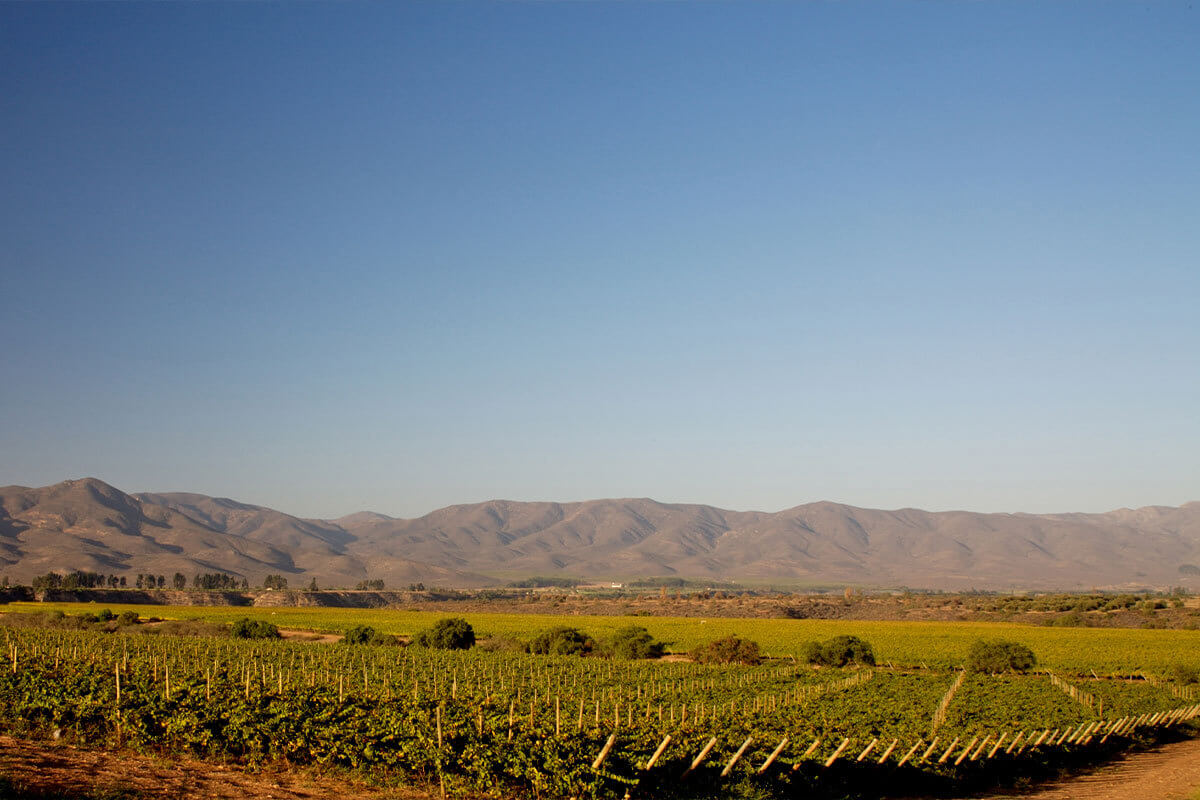Many times, we choose wines by recommendations. We got a name; we look for it in the shop or we ask straight away for this bottle without even reading what its label says. But wine labels often have relevant information about the liquid they contain. Knowing how to read them can be key when choosing the right wine. If you don’t know how to do it, here are some tips.
- Old or New World?
To understand labels more easily, its better to determine the wine according to its country of origin. If it is from the Old World (Europe, the Mediterranean, areas of Western Asia) or the New World (any other wine-producing country as Australia, Chile, United States, South Africa or New Zealand). This first classification is very important because Old World wines usually indicate regions and aging information on the front label, but not the grape varieties. The regional style is more important than the variety itself. It happens, for example, with the Rioja wines (mostly made with Tempranillo), Burgundy wines (made from Pinot Noir or Chardonnay), Chianti (of Sangiovese) or Bordeaux (a blend of Cabernet Sauvignon, Cabernet Franc and other grapes). While New World wines, whose wine regions are less known, focus on naming the variety and vintage on their labels.

- Producer or Brand
This information refers to who made the wine and can be written big or very small. Sometimes there are wines that have a name (or brand) instead of mentioning the winery or producer. If is the case, it is usually possible to find the producer’s name written small in a corner or on the back label (at the back of the bottle). In the label of Amelia Pinot Noir 2017, for example, you can see the subtle Concha y Toro logo (it’s producer) on the right side of the name.
- Grape variety or Appellation
Here labels can turn a bit confusing. When they mention the variety or blend of grapes used to make the wine, its simple. Isn’t it? Chardonnay, syrah or pinot noir could be some of the grapes and that’s easy to understand. But sometimes, labels mention the “Appellation” instead of the varieties. What does this mean? Each appellation is related to the region where the wine was produced but it covers more than that: it is a specific and legally protected area of a certain country where the grapes were grown. To protect the specificity and reputation of these wines, several wine producer countries have their own rules regarding the grapes that must be used, the production area, the production process that must be followed (among other rules) to guarantee the quality and origin of these wines. Generally, these rules are much stricter in the Old World. France, for example, is the country with most Appellations (432) due to its climate and geographical diversity. The problem is that it is assumed that the consumers know which are the varieties of each Appellation. This is not always the case.
While in Chile the system called Denomination of Origin (D.O) is a geographical delimitation that usually mentions the name of the valley where the grapes were harvested and the varieties that were used. Like Amelia Chardonnay 2018, whose label says D.O Limarí Valley and Chardonnay. Well, this valley (specifically Quebrada Seca) is the place where these chardonnay grapes were grown.
Anyway, the wine’s origin is a chapter that deserves another post because is even more complex. Although, with this information you already have an idea about what is this and will guide you in your next choice.

- Vintage
When a bottle has a year, it means the year when the grapes were harvested. This is a relevant information because the weather conditions (that will determine the fruit profile and will influence in the wine’s character) change every year. Like, for example, happened in Chile with the Extraordinary Vintage 2018. An exceptional and unique year for red grapes, which were used to create great quality wines such as Marqués de Casa Concha Carmenere 2018. If the label doesn’t mention a vintage, probably is a mix of multiples harvests.
- Alcohol
The percentage of alcohol in a wine is also another great indicator as the wine will taste more or less alcoholic. But, in addition, a wine with higher alcohol level could also taste more like ripe fruits (considering that the alcohol level is directly related to the amount of sugar that the grapes had when they were harvested).

